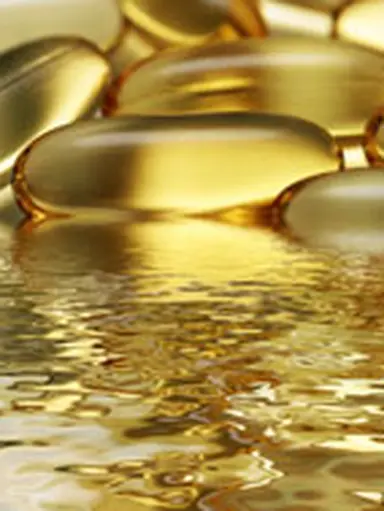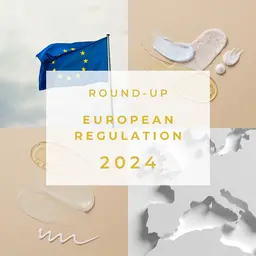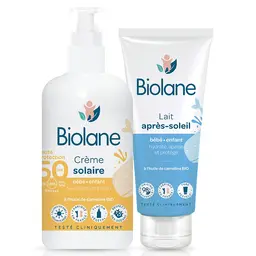
Interesting, this mention, on the label of a cosmetic product, isn’t? Indeed, who would want a product able to produce or to help producing blackheads? Nevertheless, what does mean exactly this allegation? How could one understand it and what can come from it?
A comedogenic
cosmetic product
(or ingredient), by definition, is able to help
blackhead
's outbreak, generally due to its occlusive effect.
An occlusive ingredient is similar to a leak-free film laid down on the skin. It is then useful in cosmetics to retain skin’s hydration, as it "keeps" water on the surface of the
epidermis
. Useful for dry skins or when other types of skins may have their hydrolipidic balance modified by factors such as severe cold spells, very hot weather, air-conditioning …
By doing so, the film may foul the pores, making it impossible for the
sebum
to go away. One understands why a non-comedogenic cosmetic is preferable on oily skins.
Keep in mind that a pore blocked by
sebum
is prone to produce
blackheads
, which, further to their unsightly aspect, pave the way for
acne
.
A reliable and trustworthy mention?
When seeing the "Non comedogenic" mention, the first thing to think about is that, there is no pertaining regulation.
This means that no requirement is mandatory for writing it on a label.
This claim is of the sole responsibility of the manufacturer and its commitment to its customers.
The truth is that, though some cosmetics …













